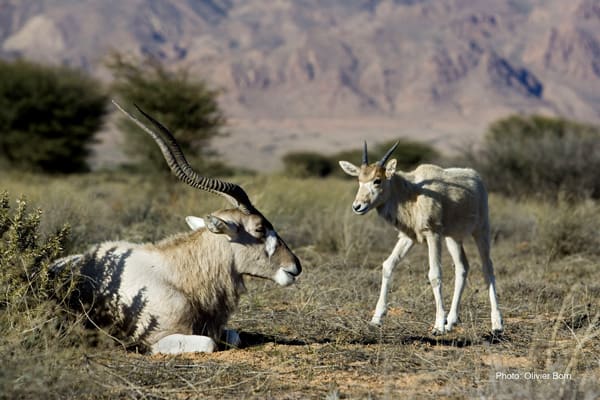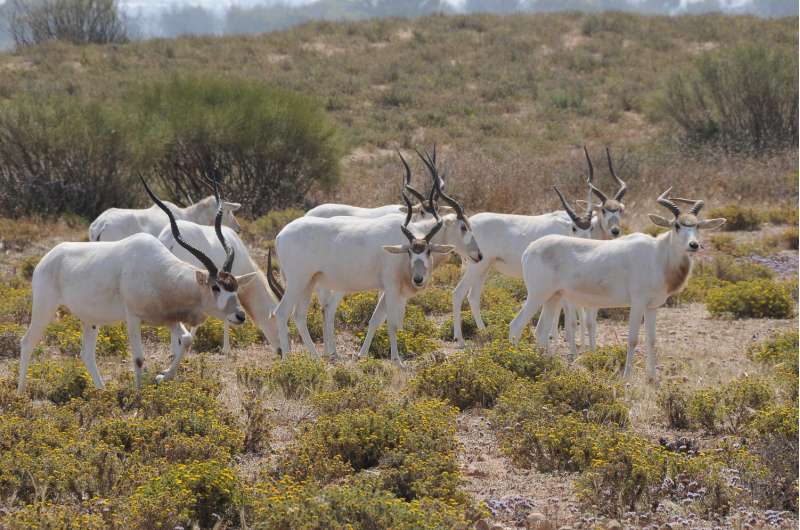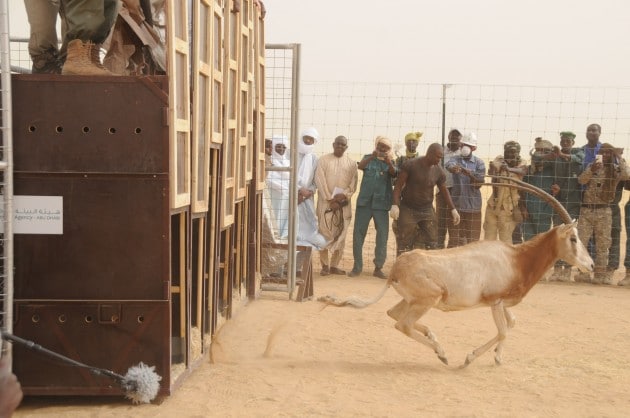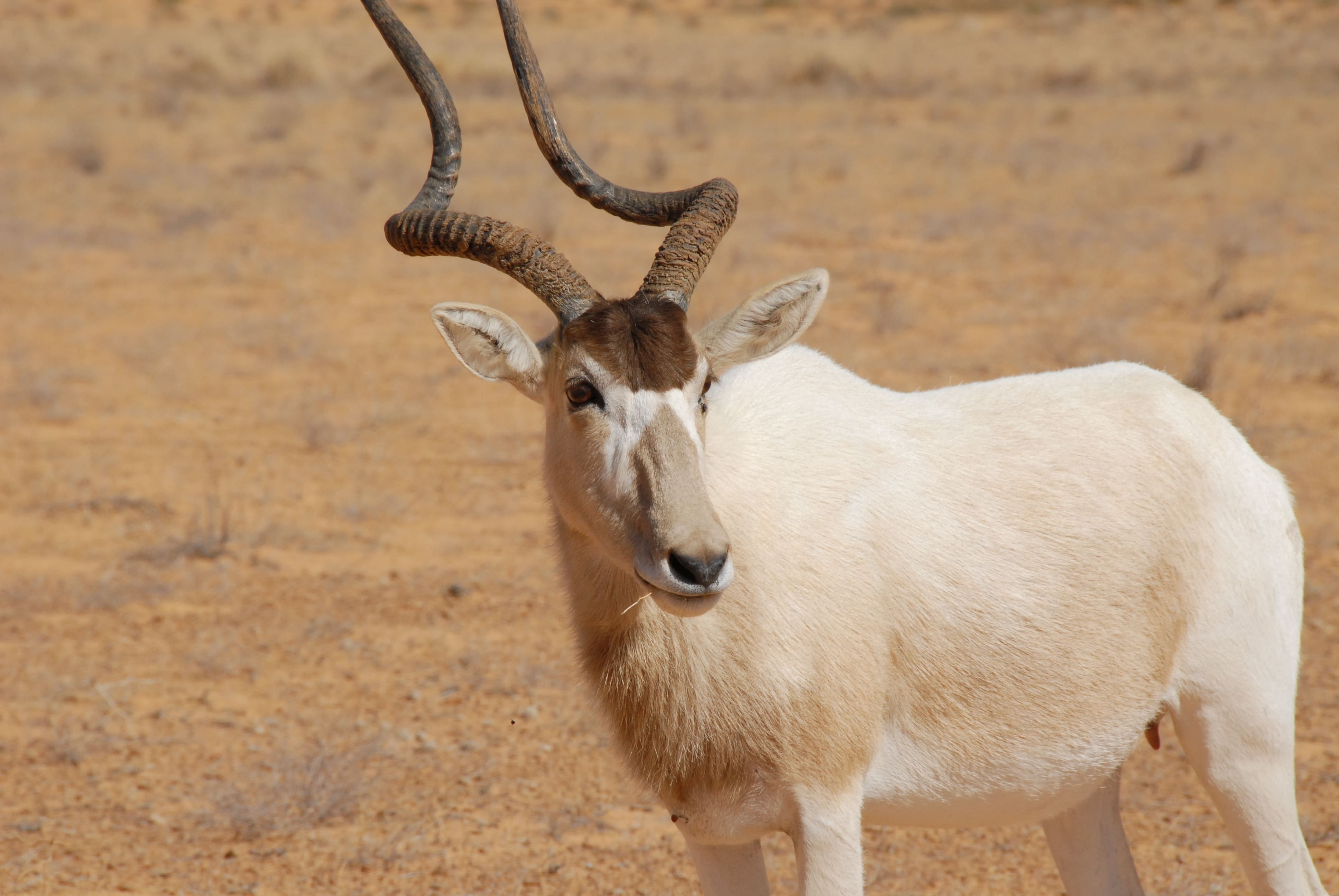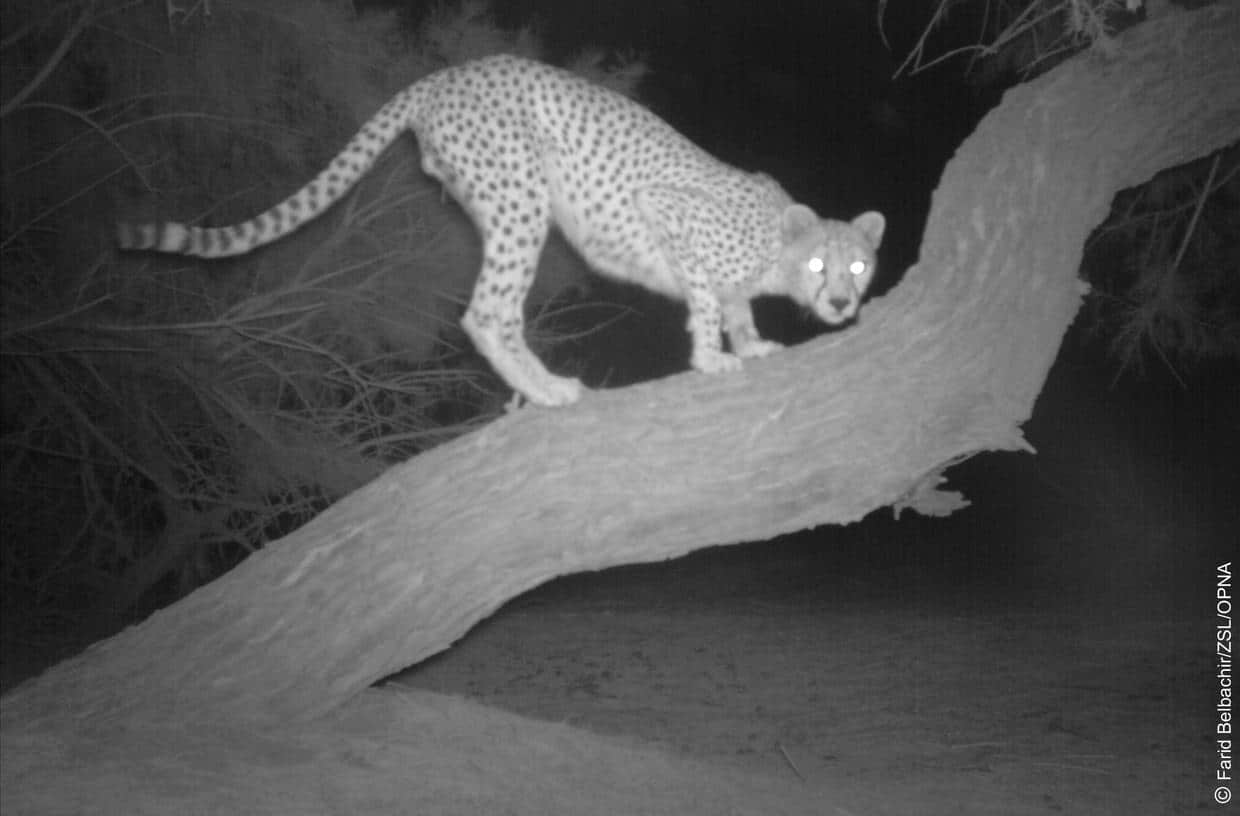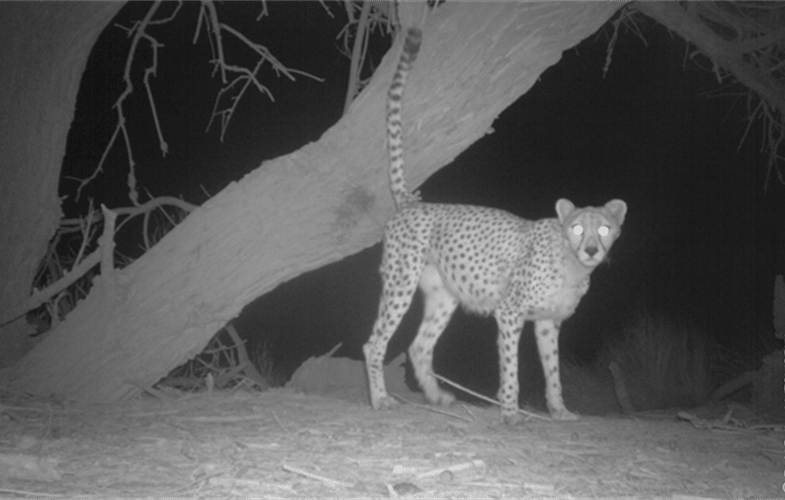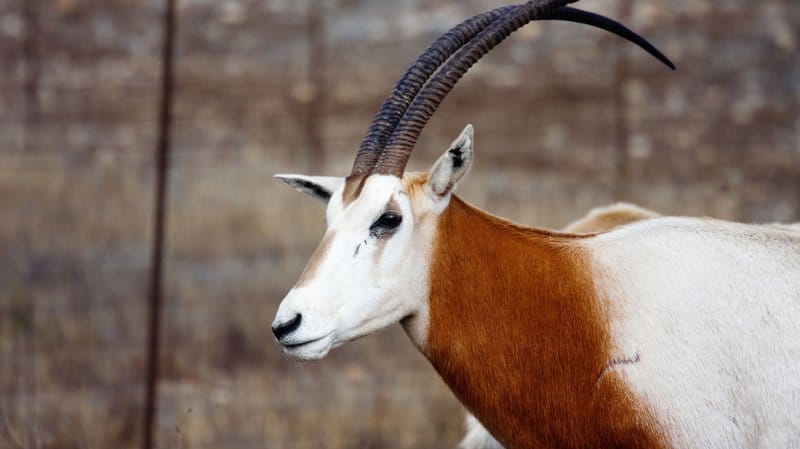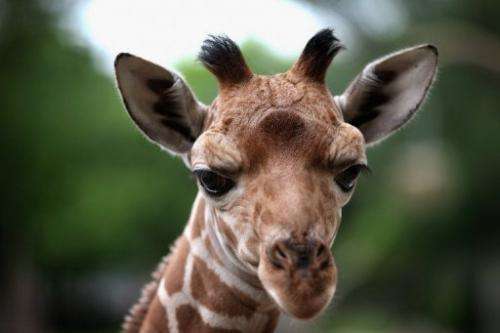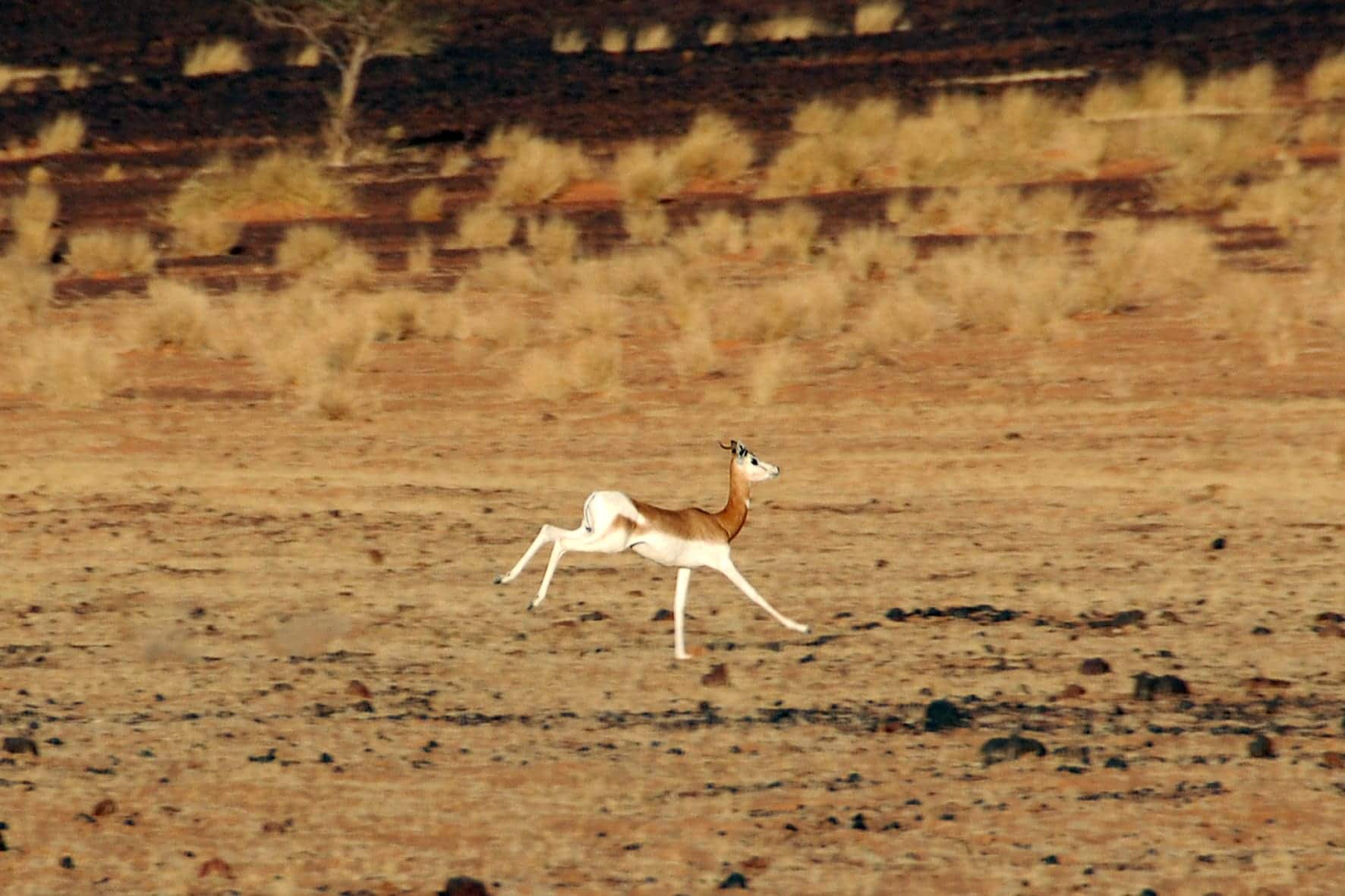May 5, 2016. Is this the end for the addax (Addax nasomaculatus)? The IUCN reported today that extensive surveys of addax habitat in Niger found just three of these critically endangered antelopes left in the wild. The last animals were located after a 700 kilometer ground search, huddled together in what the IUCN described as a “very nervous” group.
Archive for the
‘Media Coverage’
Researchers reporting in the Cell Press journal Current Biology on April 28 say that climate change will cause a disproportionate decline in African antelopes with the smallest geographic ranges, placing the most-threatened taxa in “double jeopardy.” (…)
For the first time, scimitar-horned oryx are going to be reintroduced to the wild in Chad. Extinct in the wild since the mid-1980s, the species’ return is the result of the Environment Agency—Abu Dhabi (EAD) and the government of Chad’s Scimitar-horned Oryx Reintroduction Program. (…)
March 2, 2016. LIFE IN THE Sahara is no cakewalk. The baking sun raises temperatures to more than 120 degrees, howling winds conjure up dust devils and sand storms, and years can pass before a drop of rain falls.
Imagine the American west without the bison or Australia without kangaroos. That would approach what the African nation of Chad has been like since losing its most iconic animal, the scimitar-horned oryx. (…)
Scientists have finally caught up with the rare and elusive Saharan cheetah. Placing 40 camera traps throughout a park in Algeria, an international team has come away with some of the first images of this secretive cat, whose numbers probably total less than 200. (…)
January 30, 2015. It’s not easy to get a glimpse of the critically endangered Saharan cheetah (Acinonyx jubatus hecki), the rarest of the six cheetah subspecies. Only about 200 to 250 of these nocturnal cats are thought to survive in remote pockets of Algeria, Niger, Togo, Mali, Benin and Burkina Faso, making them the rarest—and at the same time the most widely distributed—large predator on the planet.
Near the village of Katané, Senegal, at least an hour’s drive from the nearest thing that might be called a road, is a gate which interrupts a long fence that surrounds almost 3,000 acres of parched, dusty land. I’ve traveled more than 10 hours from the capital city Dakar to get here. (…)
Like an online dating site for endangered species, many zoos use computerized matchmaking to mate animals in captivity in hopes of saving some of the world’s most vulnerable creatures. The tools of the trade range from frozen panda sperm, to genetic databases to ultrasounds for hefty rhinoceroses. (…)
March 7, 2012. Yesterday, the Niger government formally created the Termit and Tin Toumma National Nature and Cultural Reserve in the Sahara Desert, reports the Sahara Conservation Fund. The reserve, now one of the largest in Africa, expands existing protected areas to 100,000 square kilometers (38,610 square miles), an area bigger than Hungary and nearly twice the size of Costa Rica.

